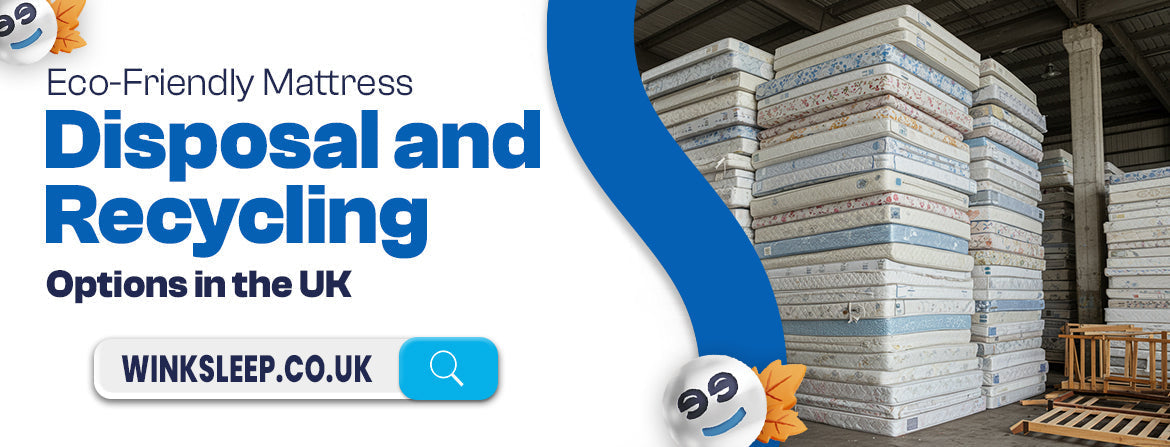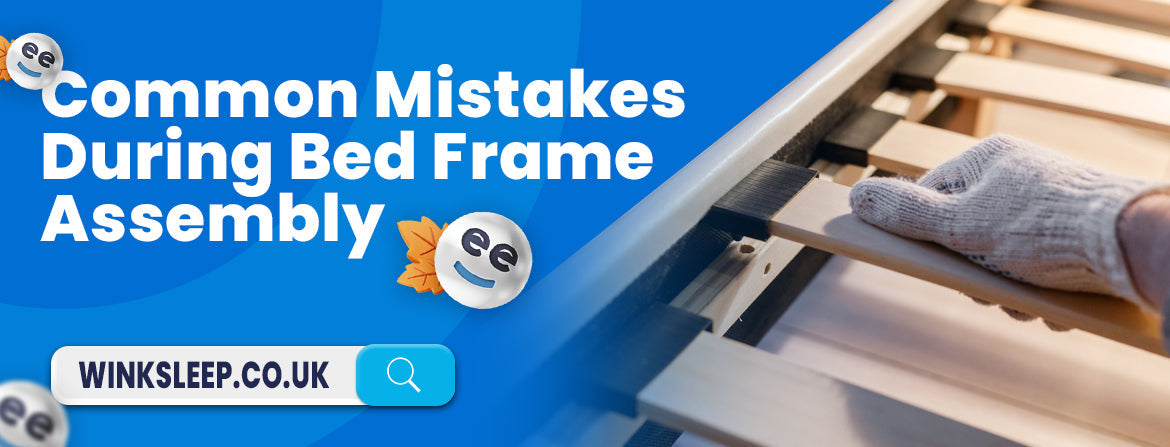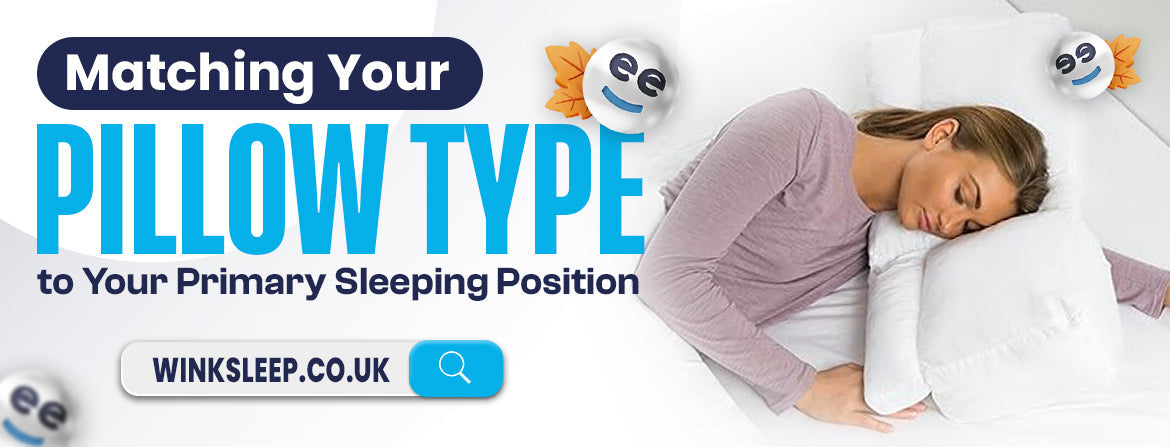When furnishing a shared bedroom or guest space, choosing between one bunk bed or two single beds requires careful consideration. Each option offers unique advantages that cater to different needs, room sizes, and lifestyles. Bunk beds are often celebrated for their space-saving design and appeal, particularly for families with young children or households with limited floor space. Their ability to double their sleeping capacity without consuming much room makes them a practical and popular choice.
On the other hand, two single beds provide greater flexibility and comfort. They cater to a wide age range and adapt effortlessly to changing circumstances, whether in a children's room, a guest area, or even a shared sibling bedroom. Single beds often allow for more individualised space and ease of use, particularly for adults or older children.
Both options bring different strengths to the table, and the decision ultimately hinges on factors like room layout, safety considerations, and long-term usability. This article examines the pros, cons, and key considerations of both choices to help you make an informed decision that fits your needs and space.
Bunk Beds: Space-Saving Versatility
Bunk beds are popular for shared bedrooms, especially in households with children or guest rooms with limited space.
Pros:
- Space Efficiency: Bunk beds utilise vertical space, leaving more floor area for play, storage, or additional furniture.
- Fun Factor for Kids: Many children love the novelty and adventure of sleeping in a bunk bed, especially the upper bunk.
- Multi-Functional Designs: Modern bunk beds often feature built-in storage, desks, or pull-out trundles for added functionality.
- Cost-Effective: One bunk bed can be cheaper than two separate beds.
- Pain Relief: Divan beds can be beneficial for back pain as they provide a sturdy and even base that supports the mattress effectively, reducing sagging and ensuring proper spinal alignment.
Cons:
- Safety Concerns: Climbing up and down can pose risks, particularly for younger children.
- Limited Longevity: Kids may outgrow their fascination with bunk beds as they age.
- Maintenance Challenges: Changing bed linens on the top bunk can be cumbersome.
Two Single Beds: Comfort and Flexibility
Two single beds are ideal for shared rooms where space constraints or guest accommodations are not a primary concern.
Pros:
- Independence and Comfort: Each sleeper has a dedicated space, making it more comfortable.
- Flexible Layout: Beds can be arranged side by side or separated into different room corners.
- Long-Term Usability: Single beds often suit children and adults, offering a longer lifespan as furniture pieces.
- Easier Maintenance: Changing linens and cleaning around single beds is more straightforward.
Cons:
- Space Requirement: Two single beds occupy more floor space, which may limit room functionality.
- Higher Cost: Buying two beds can be more expensive than one bunk bed.
- Less Storage Potential: Without built-in features, single beds may require additional furniture for storage.
Key Considerations
- Room Size: Small rooms benefit more from a bunk bed's vertical design, while larger spaces can accommodate two single beds comfortably.
- Age of Users: Bunk beds are fun for young children but can pose safety risks. Older kids and adults may prefer the independence of single beds.
- Functionality: Consider bunk beds with added storage or convertible designs if you need versatile furniture.
- Aesthetic Preferences: Single beds can offer a more traditional and polished look, while bunk beds are often playful and modern.
Also read: What are the ideal beds for small rooms?
Conclusion
The choice between a bunk bed and two single beds depends on your space, needs, and users. A bunk bed is an excellent option for compact rooms and younger children. Two single beds are a better investment for more spacious rooms and long-term adaptability. Carefully weigh the pros and cons to find the perfect fit for your home.
FAQs
Which option saves more space, a bunk bed or two single beds?
A bunk bed saves significantly more floor space by stacking two sleeping areas vertically, making it ideal for smaller rooms.
Are bunk beds safe for young children?
Bunk beds are generally safe for children over six years old. Ensure the top bunk has guardrails and that younger children sleep on the lower bunk.
Can bunk beds be separated into two single beds?
Some bunk beds are designed to be detachable, allowing you to convert them into two single beds as your needs change.
What is more cost-effective: a bunk bed or two single beds?
Bunk beds are often more cost-effective since they combine two sleeping spaces into one unit. However, two single beds may offer better long-term value as they can adapt to different setups.
Are single beds more comfortable than bunk beds?
Yes, single beds typically provide more comfort and accessibility, eliminating the need for climbing and offering a dedicated space for each sleeper.
What are the maintenance challenges of bunk beds?
Changing linens and cleaning the top bunk can be cumbersome, whereas single beds are easier to manage.
Which option is better for guest rooms?
Two single beds are generally more versatile for guest rooms, accommodating adults and providing flexibility in room layout.
Do bunk beds have storage options?
Many modern bunk beds come with built-in drawers, shelves, or trundle options, enhancing their functionality in small spaces.
What is better for long-term use: bunk beds or single beds?
Single beds are better for long-term use as they suit children and adults and adapt to changing room layouts.
Can adults use bunk beds?
Yes, but ensure the bunk bed is sturdy and has a high weight capacity, as many are designed for children.
 Build Your Bed
Build Your Bed
 Request FREE Swatches
Request FREE Swatches
 Fast Delivery on Every Product
Fast Delivery on Every Product  Klarna 0% Finance
Klarna 0% Finance  5 Year Manufacturer's Guarantee
5 Year Manufacturer's Guarantee 










